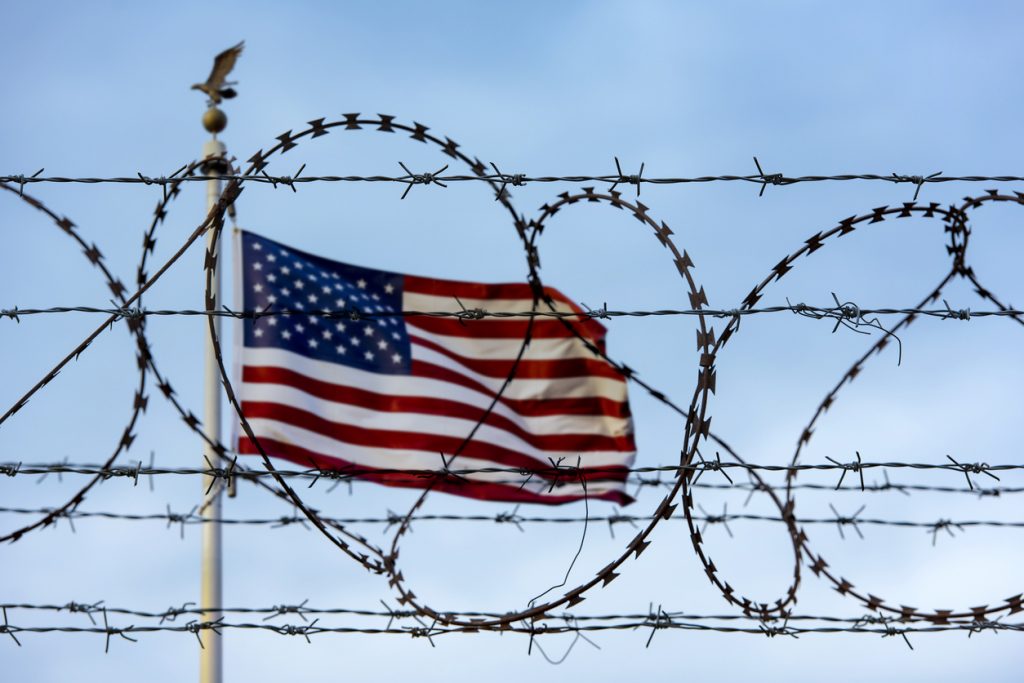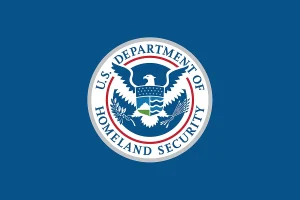Due to the nature of immigration involving people moving between countries, the immigration process has been one of the most severely affected industries of this global crisis. As if US immigration wasn’t already enough of a headache, the system is now beset by more restrictions, delays, and general chaos than ever.
Travel Restrictions
One of the first measures put in place to try to limit the spread of COVID-19 into the United States was a 31 January , 2020 presidential proclamation which prohibited entry into the United States from China for non-US citizens or residents. This ban was subsequently expanded to include Iran and Europe. By mid-March, the US land borders with Mexico and Canada had been closed to non-essential travel. Combined with restrictions on deportation flights into other countries, this left tens of thousands of people in limbo in Immigration and Customs Enforcement detention centers, where the crowded jail-like conditions leave them vulnerable to rapidly spreading contagious diseases like the coronavirus.
Delays and Suspensions
As part of the border closure, over 147,000 people have been expelled by the Border Patrol at the Mexican border without the opportunity to seek asylum. All hearings for asylum seekers in Mexico have been suspended indefinitely.
US Citizenship and Immigration Services suspended all in-person services at its offices for three months before beginning a gradual reopening. This meant all interviews for asylum and immigration benefit applications were postponed, as were naturalisation oath ceremonies. All visa services around the world were also suspended. As a result, temporary visa holders such as temporary workers and students were unable to apply for extensions or permanent resident status, putting them at risk of overstaying their visas.
USCIS also suspended biometric services like fingerprinting, which are required for some applications, such as employment authorization documents.
[ymal]
All of these delays and suspensions of services mean that even once services are fully restored, massive backlogs will create significant delays in processing by immigration agencies.
Current Status of Immigration Services
The Department of Justice’s Operational Status Map for immigration courts shows that while few remain closed, many are open only for filings and detained hearings. Most USCIS offices have reopened, with restrictions such as face mask and social distancing requirements, and you will not be allowed to enter if you have COVID-19 symptoms or have recently been in close contact with someone who does, or are awaiting the results of a COVID test. You also may not enter more than 15 minutes before your scheduled appointment time.
USCIS offices are sending notices for rescheduling to applicants who previously scheduled interviews and naturalization ceremonies. Visitors to offices are restricted to only the applicant, one attorney, one person providing disability assistance if necessary, and an interpreter in some cases. Attorneys may also attend meetings by phone.
In all cases, delays and slow processing times should be expected for the foreseeable future.
If you intend to immigrate to the US, consider connecting with an experienced immigration attorney to guide you through the immigration process during COVID-19 and beyond. Now more than ever it’s essential to make sure your immigration application goes smoothly and is done correctly, with no mistakes, omissions, or submission errors causing further delays and problems, jeopardizing your chances of getting the immigration document you need as soon as possible.






















